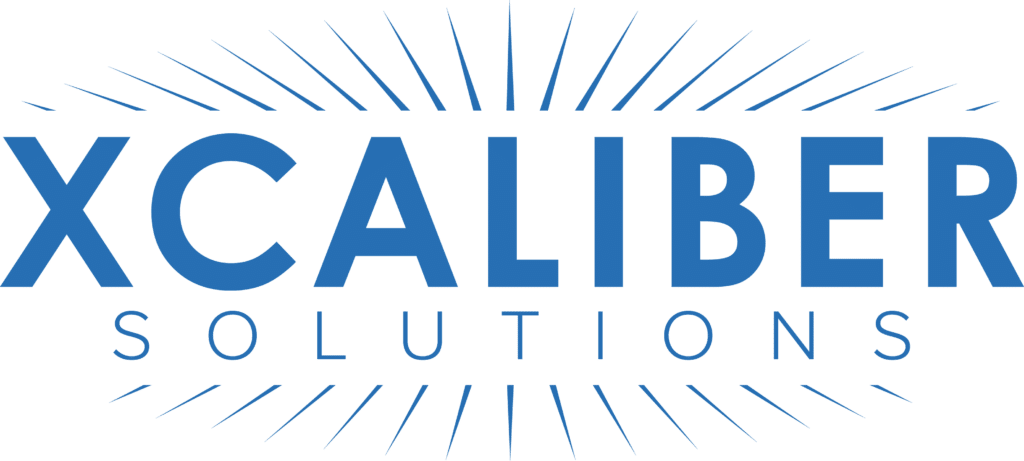Navigating the Chargeback Process: A Comprehensive Guide for Merchants

Chargebacks can be a frustrating and complex process for both merchants and customers alike. In this blog post, we’ll provide a detailed overview of navigating the chargeback process, including the timing, roles, and responsibilities of both parties. Additionally, we’ll offer tips on navigating the process effectively and explore how chargeback management software can streamline the process for merchants.
Before we can help you in navigating the chargeback process, you need to understand why chargebacks are initiated in the first place.
The top 10 reasons a chargeback is initiated include:
- Unauthorized transaction: The cardholder claims they did not authorize the transaction.
- Fraudulent activity: The cardholder alleges that their card was used fraudulently without their knowledge or consent.
- Non-receipt of goods or services: The cardholder claims they did not receive the goods or services they paid for.
- Defective or damaged merchandise: The cardholder received defective or damaged merchandise and is seeking a refund.
- Billing disputes: The cardholder disputes the accuracy of the amount charged or believes they were overcharged.
- Subscription cancellation: The cardholder claims they canceled a subscription or recurring payment but were still charged.
- Duplicate billing: The cardholder was charged multiple times for the same transaction.
- Merchandise not as described: The cardholder received merchandise that did not match the description provided by the merchant.
- Credit not processed: The cardholder returned merchandise for a refund, but the credit was not processed by the merchant.
- Processing errors: Errors made during the payment or authorization process resulted in an incorrect charge to the cardholder’s account.
Understanding the Chargeback Process:
Navigating the chargeback process can be a daunting task. Chargebacks, initiated by customers disputing transactions with their bank or credit card issuer, can have significant financial and operational implications for businesses.
By gaining a clear understanding of the chargeback process, businesses can better protect themselves and mitigate the impact of disputes on their bottom line. Here’s a brief overview of the chargeback process:
- Initiation: The chargeback process begins when a customer disputes a transaction with their bank or credit card issuer, citing reasons such as fraud, unauthorized charges, or dissatisfaction with the product or service.
- Investigation: Upon receiving the dispute, the bank investigates the claim, reviewing evidence provided by the customer and the merchant.
- Adjudication: Based on the evidence presented, the bank makes a decision regarding the validity of the dispute and determines whether to reverse the transaction and issue a chargeback to the customer.
- Resolution: Once the chargeback is issued, the merchant can respond to the dispute and provide evidence to support their case. The funds may be returned to their account if the merchant successfully disputes the chargeback.
Roles and Responsibilities:
- Merchant: The merchant is responsible for providing evidence to prove the transaction’s validity and defending against the customer’s claims. This may include providing order details, shipping information, and communication with the customer.
- Customer: The customer is responsible for initiating the chargeback process with their bank or credit card issuer and providing evidence to support their claim.
Tips for Navigating the Chargeback Process:
- Keep Detailed Records: Maintain thorough records of transactions, including order details, shipping information, and customer communication, to provide evidence in case of disputes.
- Respond Promptly: Respond to chargeback notifications promptly and provide evidence to support your case within the designated timeframe to avoid forfeiting your right to dispute the chargeback.
- Communicate Effectively: Maintain open communication with customers to address any issues or concerns promptly and prevent disputes from escalating to chargebacks.
How Chargeback Management Software Can Help
Chargeback management software can streamline the chargeback process for merchants in the following ways:
- Automated Dispute Response: Chargeback management software automates the process of responding to chargeback disputes, saving time and resources for merchants.
- Real-Time Monitoring: Automated monitoring tools track transactions in real-time, identifying potential disputes and enabling merchants to take proactive measures to prevent chargebacks.
- Evidence Collection: Chargeback management software automates the collection and organization of evidence, making it easier for merchants to respond to disputes and defend against chargebacks effectively.
Navigating the chargeback process can be complex, but with a clear understanding of the process, roles, and responsibilities, merchants and customers can effectively manage disputes and mitigate the impact on their businesses. By leveraging chargeback management software, merchants can streamline the process, reduce administrative burden, and protect their revenue from chargebacks.

